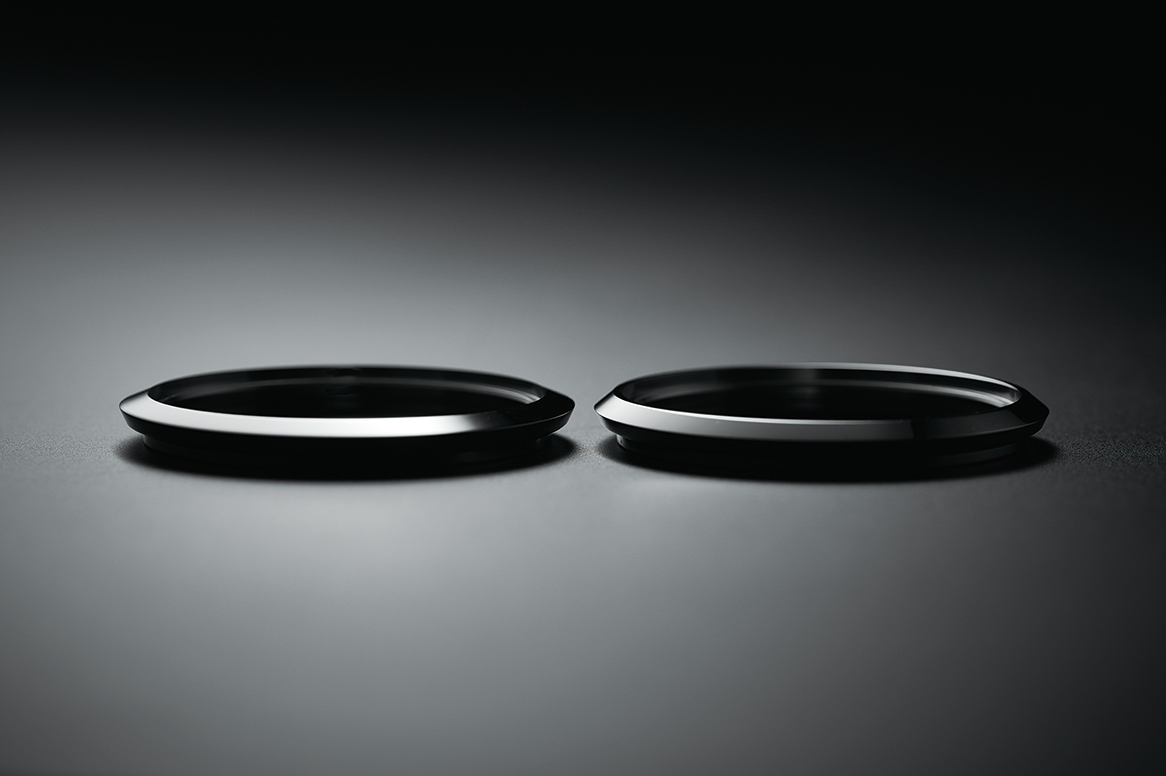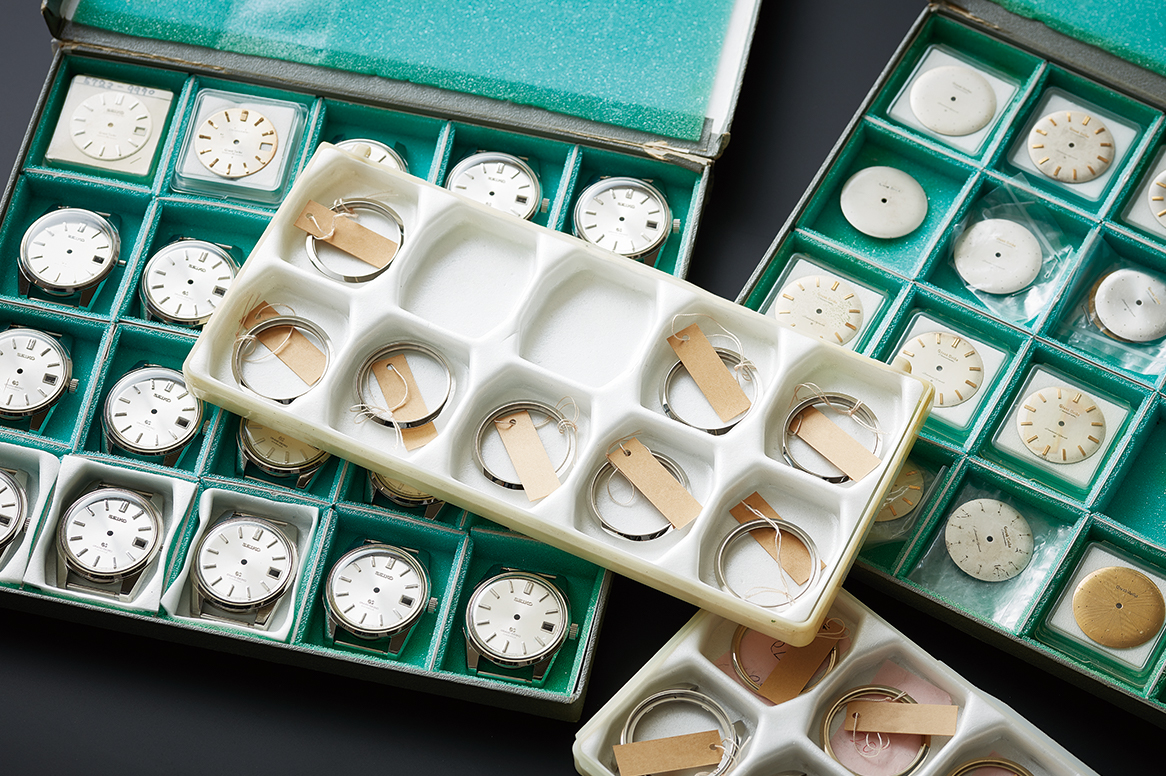Japanese watchmaking gives birth to what others see as a “classic.”
Hoshino majored in industrial design at university but, when he joined the company, he was appointed to the department that manufactures watches.
“Actually, my father spent his career in manufacturing. There were drawings and prototypes at home ever since I was a child.” Hoshino had no intention of entering the same field of work as his father, but he was strongly drawn by personal inclination to manufacturing and especially to the handwork of craftsmen. Without being told to do so, he handled the machine tools in the factory, made friends with the craftsmen and learned the history behind Grand Seiko’s creation not as “knowledge” but as a living art. He eventually became a member of the Grand Seiko team. After several years’ experience, he joined the elite team at the Micro Artist Studio and was involved in the creation of the Spring Drive with eight day power reserve and the manual winding Spring Drive with the Dual-Spring Barrel.

Once, when Hoshino visited Europe, a watchmaker told him that “Grand Seiko is a classic.” Hoshino was surprised to hear these words from his European colleague, as Grand Seiko was still new to the European market but he took it as the compliment that it was meant to be. The watchmaker was not referring to its fame but to the purity and longevity of its design. As they talked, they agreed that they were not rivals but watchmakers who shared an appreciation of an art that transcends all boundaries. Today, Hoshino goes further, “This is not just limited to watches. The world will be richer and more interesting if there is more diversity.”

